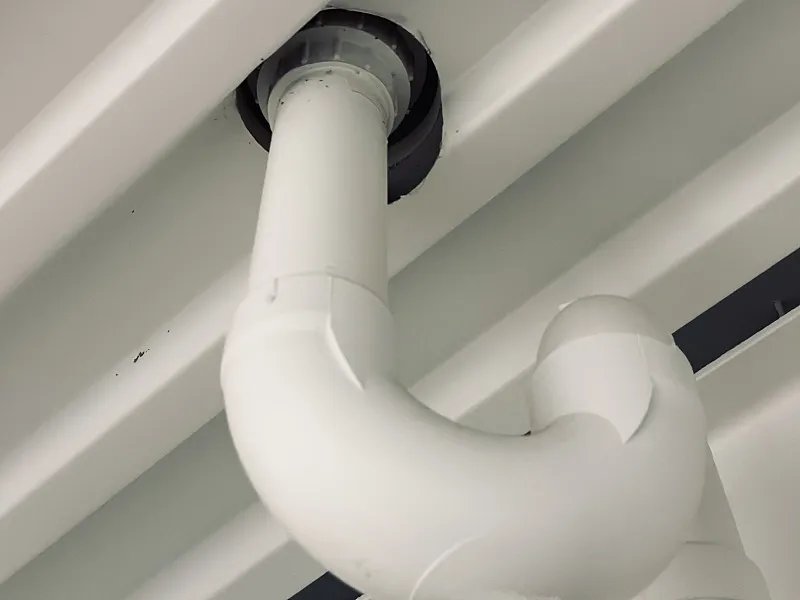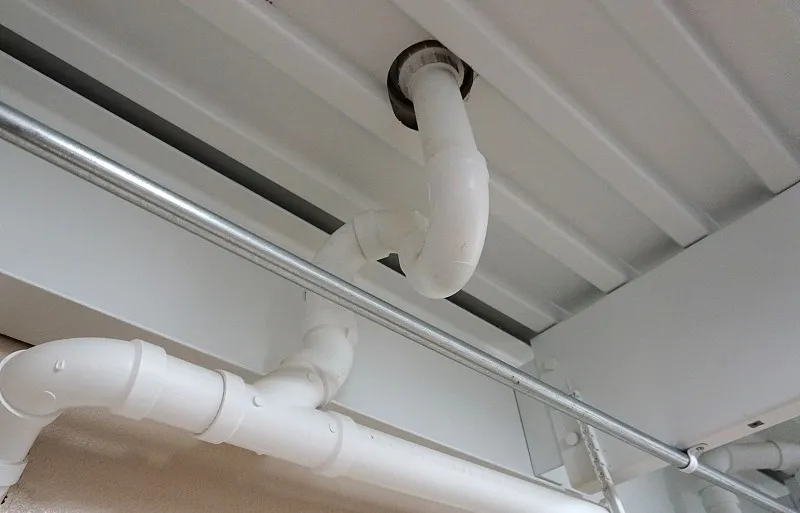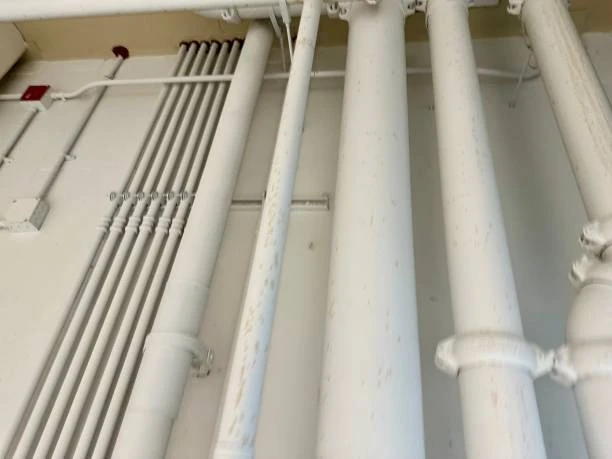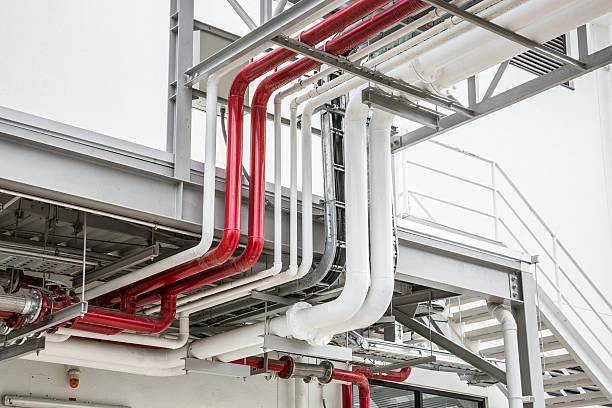Introduction
The growing frequency of droughts across the globe is significantly reshaping how agriculture manages water. As regions face drier conditions, the demand for efficient irrigation systems has surged, with plastic irrigation fitting playing a central role in alleviating water scarcity. These fittings are essential in delivering water efficiently, ensuring that every drop counts in times of drought. This article explores why plastic irrigation fittings are becoming increasingly important, the benefits they offer, and the trends shaping their market.
1. Drought and Its Impact on Agriculture
1.1 The Increasing Frequency of Droughts
Droughts are becoming a common threat to agriculture worldwide. With climate change influencing global weather patterns, droughts are no longer occasional but recurring events. The impact on agricultural productivity is severe, as crops depend on consistent water supplies to grow and thrive. As farmers and governments scramble to find ways to mitigate these effects, water-saving technologies, such as plastic irrigation fitting, have risen to prominence.
1.2 The Need for Water Efficiency in Agriculture
In regions where water resources are scarce, optimizing irrigation practices is essential. Inefficient water distribution systems waste valuable resources, increasing costs and reducing crop yields. In such an environment, the use of plastic irrigation fitting becomes crucial, as they help deliver water directly to the root zone of crops, minimizing evaporation and runoff.
2. What Are Plastic Irrigation Fittings?
2.1 The Role of Plastic Fittings in Irrigation Systems
Plastic irrigation fittings are components used to connect different parts of an irrigation system, such as pipes, hoses, sprinklers, and drip lines. These fittings ensure that water flows smoothly through the system without leaks or inefficiencies. Available in various shapes and sizes, plastic fittings are designed to meet specific agricultural needs.
2.2 Types of Plastic Fittings
There are several types of plastic fittings, each with its unique application:
- Elbows: Used to change the direction of water flow in the system.
- Tees: Used to branch off the main line to reach different areas.
- Couplings: Used to join two pipes or hoses together.
- Adapters: Used to connect different-sized pipes or fittings.
These fittings can be made from different types of plastic materials, including PVC (Polyvinyl Chloride) and HDPE (High-Density Polyethylene).
3. Benefits of Plastic Irrigation Fittings in Drought Conditions
3.1 Durability and Longevity
Plastic irrigation fittings are known for their durability and resistance to the elements. Unlike metal fittings, which can corrode over time, plastic fittings are resistant to rust, making them ideal for long-term use in harsh, dry conditions. This durability ensures that irrigation systems remain effective even during extended droughts.
3.2 Cost-Effectiveness
Plastic is a cost-effective material compared to metals and other materials. The lower production cost of plastic fittings makes them affordable for farmers, particularly in regions where agriculture is struggling to cope with the financial strains of drought. As a result, plastic fittings are an attractive option for farmers looking to upgrade their irrigation systems.
3.3 Lightweight and Easy to Install
Plastic irrigation fittings are lighter and easier to handle than metal counterparts, making them simpler and faster to install. This ease of installation means that farmers can quickly set up or repair their irrigation systems, reducing downtime and improving water distribution efficiency.
3.4 Resistance to Chemical Exposure
Plastic fittings are resistant to various chemicals, which is crucial in agriculture, where fertilizers, pesticides, and herbicides are often used. This resistance prevents the fittings from degrading or reacting with these substances, ensuring the integrity of the irrigation system even when exposed to harsh chemicals.
4. The Market Growth of Plastic Irrigation Fitting
4.1 Factors Driving Market Demand
The increasing prevalence of drought, coupled with the growing need for water conservation in agriculture, is fueling the demand for plastic irrigation fitting. In addition to this, governments worldwide are promoting water-efficient technologies to combat water scarcity, further driving the market for plastic fittings. As a result, the global market for irrigation systems is projected to grow significantly in the coming years.
4.2 Innovations in Plastic Fittings
As the demand for irrigation systems grows, manufacturers are continuously improving plastic fittings to enhance performance. Innovations include better sealing technologies, more durable materials, and designs that reduce clogging and improve flow efficiency. These advancements are helping irrigation systems perform better under drought conditions, ensuring that every drop of water is used effectively.
5. Sustainability and Environmental Considerations
5.1 Plastic Irrigation Fitting and Sustainability
While plastic fittings are highly effective, they also raise concerns about environmental sustainability. The production of plastic fittings requires energy, and the disposal of plastic materials can contribute to plastic waste if not managed correctly. However, many manufacturers are adopting more sustainable practices, such as using recycled plastics and developing biodegradable plastic fittings to mitigate environmental impact.
5.2 The Role of Plastic in Reducing Water Waste
Despite concerns over plastic waste, the use of plastic irrigation fitting contributes to water conservation. By improving water efficiency and reducing waste, plastic fittings help conserve valuable water resources, which is crucial in drought-stricken regions. In this sense, the benefits of water conservation outweigh the potential environmental impact of plastic fittings.

6. The Future of Plastic Irrigation Fittings
6.1 Technological Advancements
The future of plastic irrigation fitting lies in technological innovations that enhance their efficiency and environmental sustainability. Smart irrigation systems, which use sensors and automated controllers, are being integrated with plastic fittings to further reduce water consumption. These advancements are poised to make plastic irrigation systems even more effective in combating the effects of drought.
6.2 Growing Adoption Across Developing Countries
As developing countries face increasing water scarcity due to climate change, the adoption of plastic irrigation fitting is expected to rise. These countries, where agriculture is a vital part of the economy, are increasingly investing in water-efficient technologies to ensure food security.
Conclusion
The demand for plastic irrigation fitting is on the rise, driven by the growing challenges posed by drought and water scarcity. These fittings offer numerous benefits, including durability, cost-effectiveness, and water efficiency, making them an essential component of modern irrigation systems. As the market continues to evolve with innovations and sustainable practices, plastic irrigation fitting will play a critical role in ensuring agricultural productivity in drought-prone areas.
Frequently Asked Questions (FAQs)
1. What are the main benefits of using plastic irrigation fittings?
Plastic irrigation fitting offer several advantages, including durability, cost-effectiveness, lightweight design, and resistance to chemicals. These benefits make them an excellent choice for farmers, especially in drought-affected regions.
2. How do plastic irrigation fittings help conserve water?
Plastic irrigation fitting help reduce water waste by providing efficient water flow directly to crops, minimizing evaporation and runoff. This ensures that every drop of water is used effectively.
3. Are plastic irrigation fitting environmentally friendly?
While plastic fittings can contribute to plastic waste, many manufacturers are using recycled plastics and developing biodegradable options to make them more sustainable. Additionally, the water-saving benefits of these fittings help offset environmental concerns.
4. Can plastic irrigation fittings withstand harsh weather conditions?
Yes, plastic fittings are highly durable and resistant to corrosion, making them ideal for use in harsh weather conditions, including drought and extreme temperatures.
5. How has the demand for plastic irrigation fittings changed due to climate change?
As climate change leads to more frequent and prolonged droughts, the demand for water-efficient technologies like plastic irrigation fittings has surged. These fittings play a crucial role in helping farmers adapt to changing weather patterns and conserve water.


















